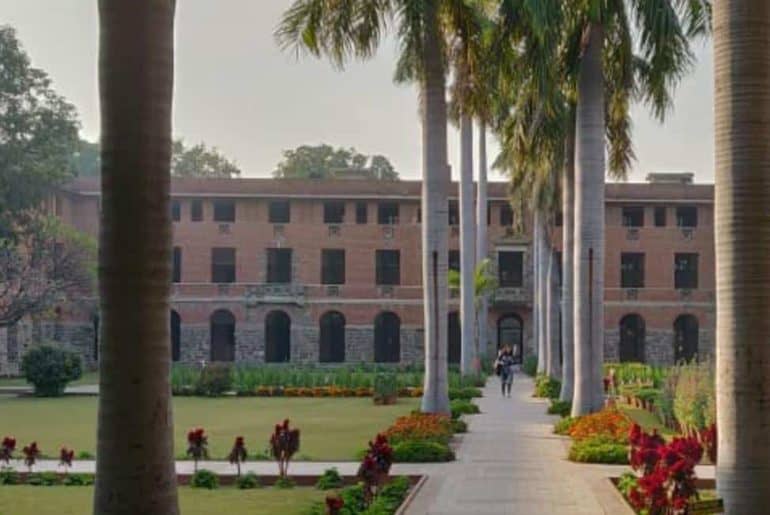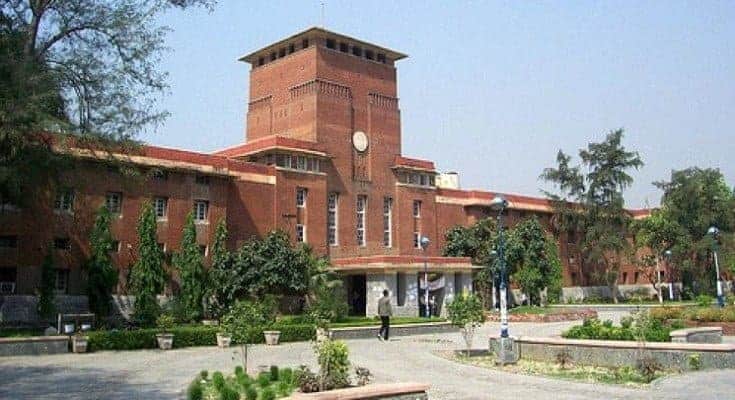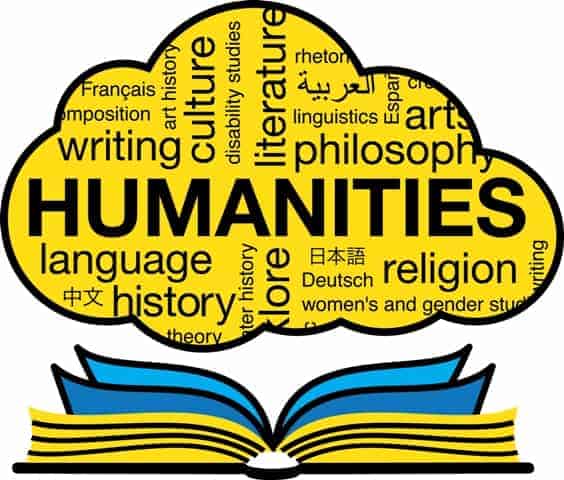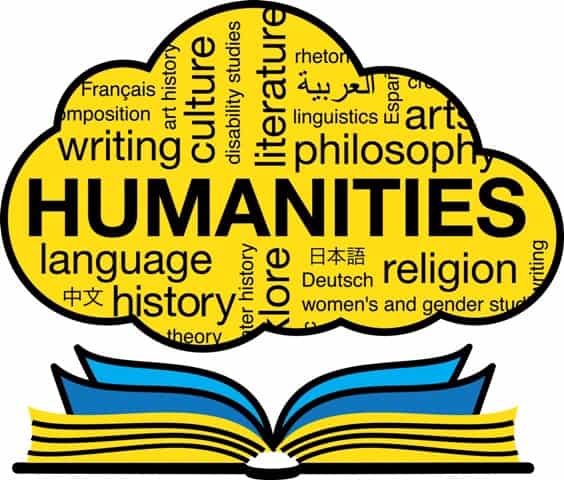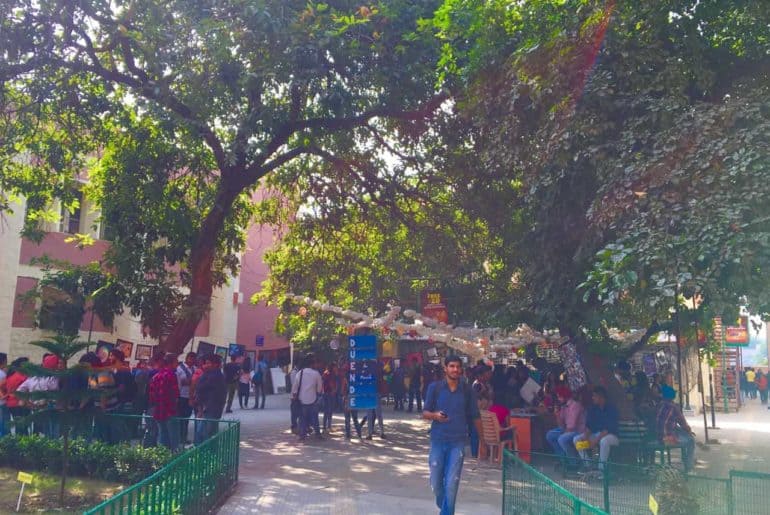When was the last time when a nation of fragmented opinions unanimously poured their emotions so genuine, so natural and so powerful. Well, it might strain your memory to reconcile until the demise of cinema’s greatest acumen Irrfan Khan moved an entire generation of cinephiles and more beyond. But, what made this man and his death not so trivial?
The world is a carnival of emotions and the celluloid is thus its biggest celebration. The silver screen has for long served as the recluse for all or most of our feelings, and its players inevitably become a part of our lives. The audience around the globe and our nation in particular adores its movie personalities, their influence caters to wider prospects and their presence ushers greater momentum. They feature on our walls and our device screens; our collective memories and pleasant dreams and cultivate our endeavors by endorsing them. But, dont these things cater to the conventional stars of visual grandeur- those who feature in extravagant films with formulaic conventions, a stardom, a following and a fanbase of their own. While, it might be that we as a generation have evolved with our preferences and adjudication of cinema or perhaps, Irrfan superseded all of this to manifest a culture of a different kind, just as his roles, movies and nature.
On 29th April, the internet community rolled into sorrow as the social media feeds were flooded with feelings over the loss of our finest cinematic potential – Irrfan. Tributes, eulogies, nostalgia and prayers, he was all over, the 53 year old Irrfan was struggling with a neuroendocrine tumor, a rare cancer and hence left the world with his last performance in the March 2020 release ‘Angrezi Medium’. From juniors to contemporaries of film fraternities in Bollywood, Hollywood and Regional Films; composers to sports personalities and politicians, comedians to social media influencers; writers and scholars, everyone mourned the loss of this legendary persona. I found people who are generally technoverted and closeted in expression, remembering the man as if it was a personal loss, and hence it prompted me to discuss the various souls of this single shoulder, which embodied myriads of happiness, sorrow, catharsis, hope, belief, pain and reality as one.
The Pan India Icon
It isn’t surprising that a man who brought life to the character of Ashoke Ganguli in the Namesake as a first generation Bengali immigrant, uttered every word of Paan Singh in natural Chambali dialect. Umber Singh in Qissa cherishes every breath in Punjabi while Roohdaar haunts the streets of Kashmir with same vigour. Ranvijay Singh of Haasil resonates the North Indian political demography as Raj Batra of Hindi Medium does with regard to the typical Old Delhi shop-owner. Thomas in Mumbai Meri Jaan is the rare depiction of the South Indian vendor in the cinescape, and the same goes true for Saajan Fernandes who effortlessly anchors The Lunchbox as an about to retire widower in Mumbai. His last appearance as Keshav Bansal, a Marwari sweet shop-owner in Angrezi Medium marked the essence of his nativity in Rajasthan.
An Artist beyond Big Screen
Irrfan was more than a Bollywood actor, having done films like The Warrior, The Namesake, Inferno and Jurrasic World he is an established figure in Hollywood and has featured in Telugu and Bengali films as well and didn’t hesitate to involve in Short films like Road to Ladakh and The Bypass either. A trained dramatics student of National School of Drama, Irrfan was deeply involved in theatre and was a keen observer in theatre festivals even after gaining prominence. Irrfan started with television and went on to star in period dramas like Chandrakanta and Chanakya and hosted shows like Don and Mano Ya Na Mano. His iconic voice was more than enough to narrate films like Bajirao Mastani or dub over as Baloo in The Jungle Book.

Image Credits: Imageflip
Irrfan didn’t stop here, he went on to feature in television commercials like 7 UP, Hutch, Syska. His every Bollywood Party song or Podcast with AIB and collaborations with FilterCopy has negated stereotypes and was an enthusiastic volunteer for a perennially popular meme content.
A Literature Enthusiast

Image Source: Thread Reader App
I often wonder how many mainstream icons of such engagements engross with literature or other arts, while the quest goes on forever with disappointments, many a times I do come across someone like Irrfan, who reads Om Prakash Valmiki’s ‘Thakur Ka Kuan’ so enthusiastically, and passionately pens his feeling to great Urdu Writer Shamsur Rahman Farooqi, admiring his ‘Kai Chand the Sare Aasmaan’ and his eagerness on making a film on the same.
A Devout Human
Among many reasons that prompted so many people from various walks to respond to the demise of this great actor was probably the humanitarian nature that was typical of Irrfan apart from being a brilliant actor. Attaining the stature he was endowed with Irrfan was humble in his approach, his confidants and acquaintances reminisce him as a person of natural instict who respected his work and humans, nature and creatures alike. He was a dedicated family man, who loved his wife and children.
Apart from being a volunteer for social causes. In 2015, the actor had visited Badanavalu, a village near Nanjangud, to support theatre personality and social activist Prasanna, who launched a movement to promote sustainable living, the actor spent night with the people of the movement and has continually supported causes for sustainable development and climate change.

Image Credits: Deccan Herald
There might be many stars with social campaigning, a perfect rags to riches story, brilliant executioners in their own fields but there was something specific about this human, the man who will be cherished by generations for what he was and what he has left as his works.
Featured Image Credits: India Today
Faizan Salik

